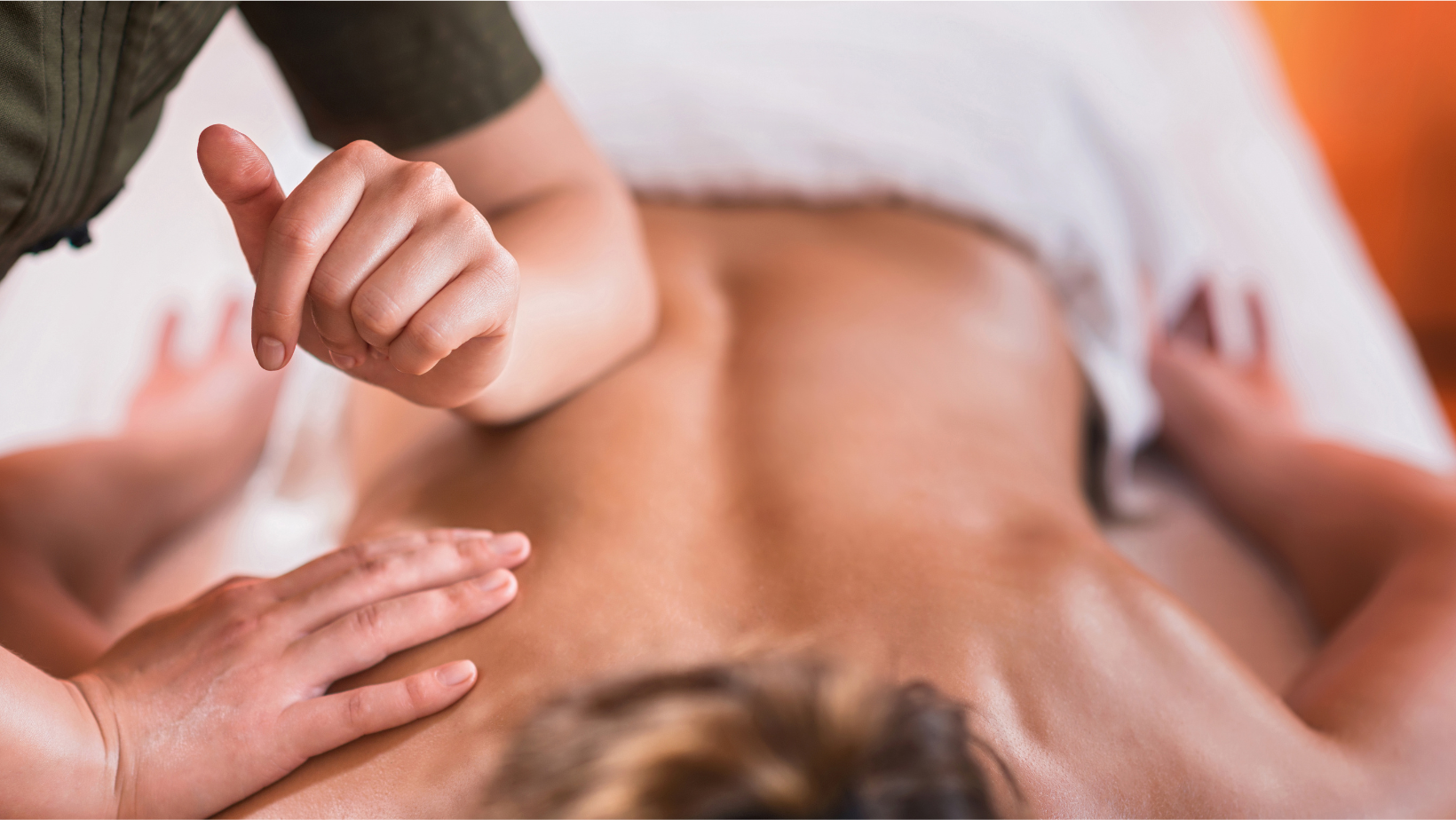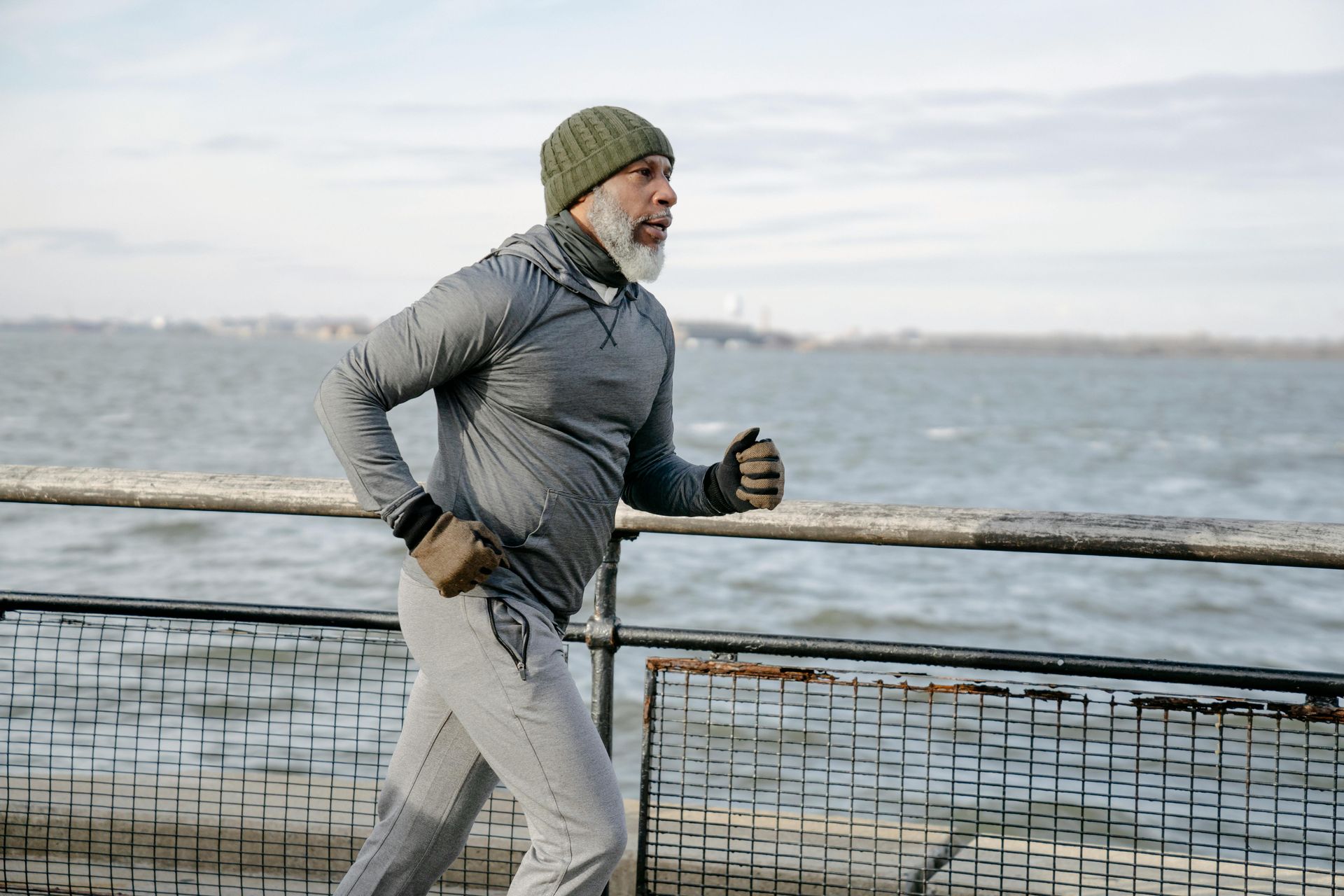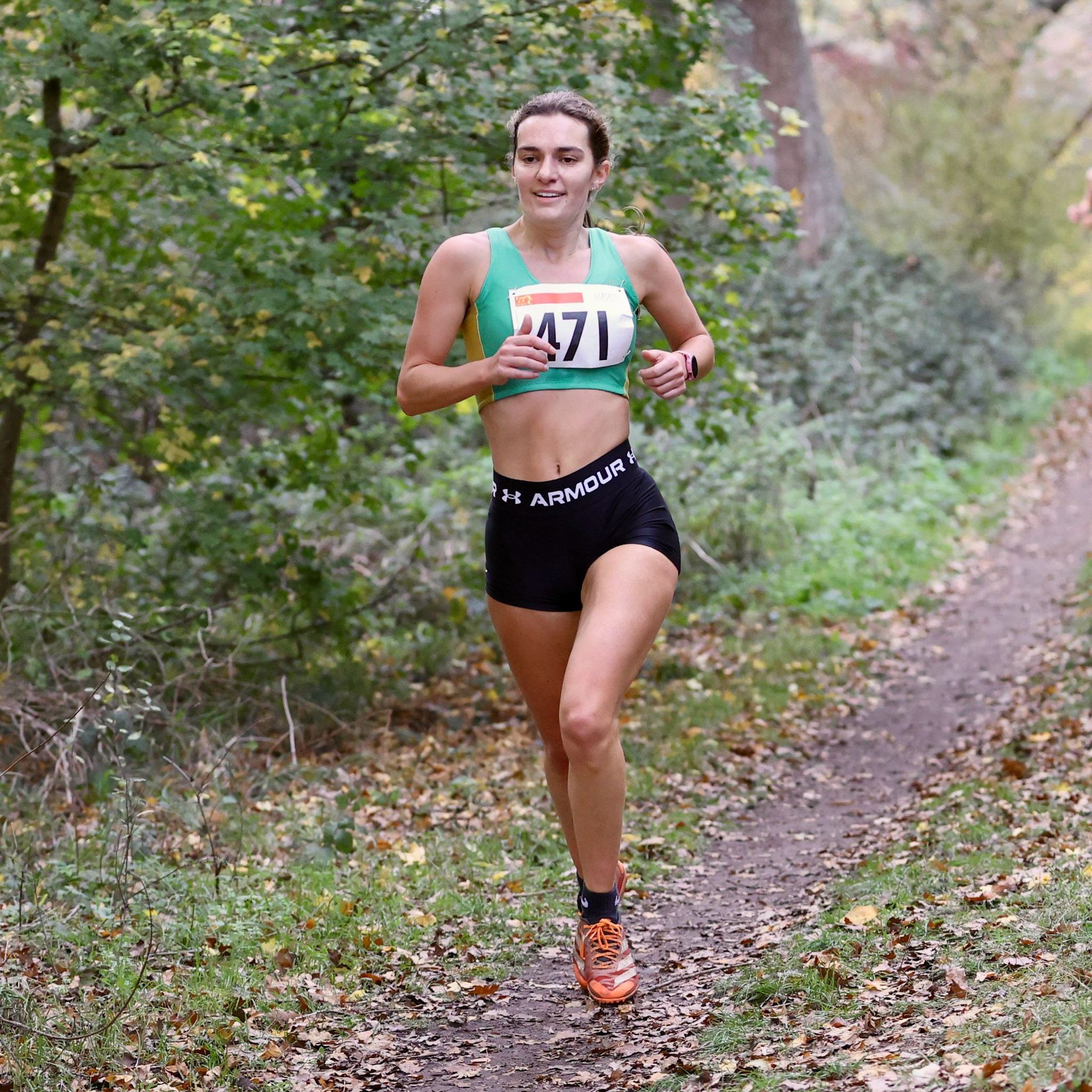How Sports Massage Helps With Recovery
Sports massage is a type of massage specifically designed to help athletes recover from training and competition. It’s a manual therapy that uses various techniques to improve circulation, reduce muscle tension, and remove waste products from the tissues.
For marathon runners, recovery is just as important as training. Sports massage can play a vital role in helping your body bounce back after the intense physical demands of long-distance running.

The Benefits of Sports Massage for Recovery
There are many benefits to sports massage these include:
- Reduced muscle soreness: Sports massage can help to reduce post-exercise muscle soreness by increasing blood flow and removing waste products from the tissues. This can speed up the recovery process and ease the pain and stiffness associated with DOMS (delayed onset muscle soreness).
- Improved range of motion: Training often places repetitive stress on certain muscle groups, leading to tightness and restricted movement. Sports massage helps to reduce muscle tension and scar tissue, restoring flexibility and improving range of motion.
- Increased relaxation: After the physical and mental effort of running, sports massage can help lower stress and anxiety levels. This promotes better sleep and overall recovery.
- Reduced risk of injury: Regular sports massage can help to prevent injuries by keeping muscles supple, improving circulation, and maintaining joint mobility. This is particularly important during the high-volume training phases of marathon prep and the recovery period afterward.

How Does Sports Massage Work?
Sports massage uses various hands-on techniques to improve circulation, reduce muscle tightness, and clear waste products from soft tissues. Some of the key techniques include:
- Effleurage: Gentle, gliding strokes to warm up the muscles and prepare them for deeper work.
- Petrissage: A kneading motion that helps to break down muscle knots and improve blood flow.
- Friction: Deep, targeted pressure used to break up scar tissue and release adhesions.
- Tapotement: Rhythmic tapping used to stimulate the muscles and enhance circulation.
- Vibration: Gentle shaking or oscillation to relax muscles and boost lymphatic drainage.
These techniques can be especially effective soon after a marathon to support a quicker, more comfortable recovery.
When Should You Get a Sports Massage?
Sports massage can be beneficial at any time, but it is particularly helpful:
- After a marathon or long-distance run to support your body’s recovery process.
- During marathon training to ease muscle tension and prevent injuries.
- Before race day to relax tight muscles and mentally prepare for the event.
How Often Should You Get a Sports Massage?
The frequency will depend on your training schedule and how your body feels. Some marathon runners benefit from weekly massages during peak training, while others may book one after each long run or post-race. It’s important to listen to your body and adjust accordingly.
Conclusion
Sports massage is a valuable tool in any runner’s recovery routine, especially for marathoners. It can help reduce soreness, improve flexibility, support mental wellbeing, and keep you running strong. Whether you’re training for your first marathon or are a seasoned runner, incorporating sports massage can make a real difference.
To find out more on sports massage and to book your session, visit us today:
https://www.chelmsfordphysio.co.uk/sports-massage
Chelmsford Physio
Riverside Leisure Centre, Victoria Rd, Chelmsford CM1 1FG



